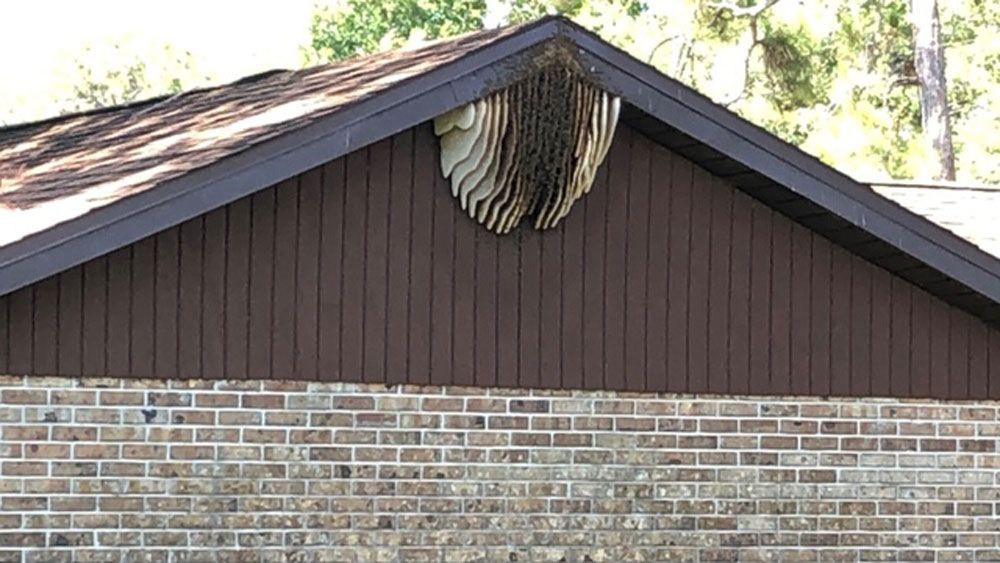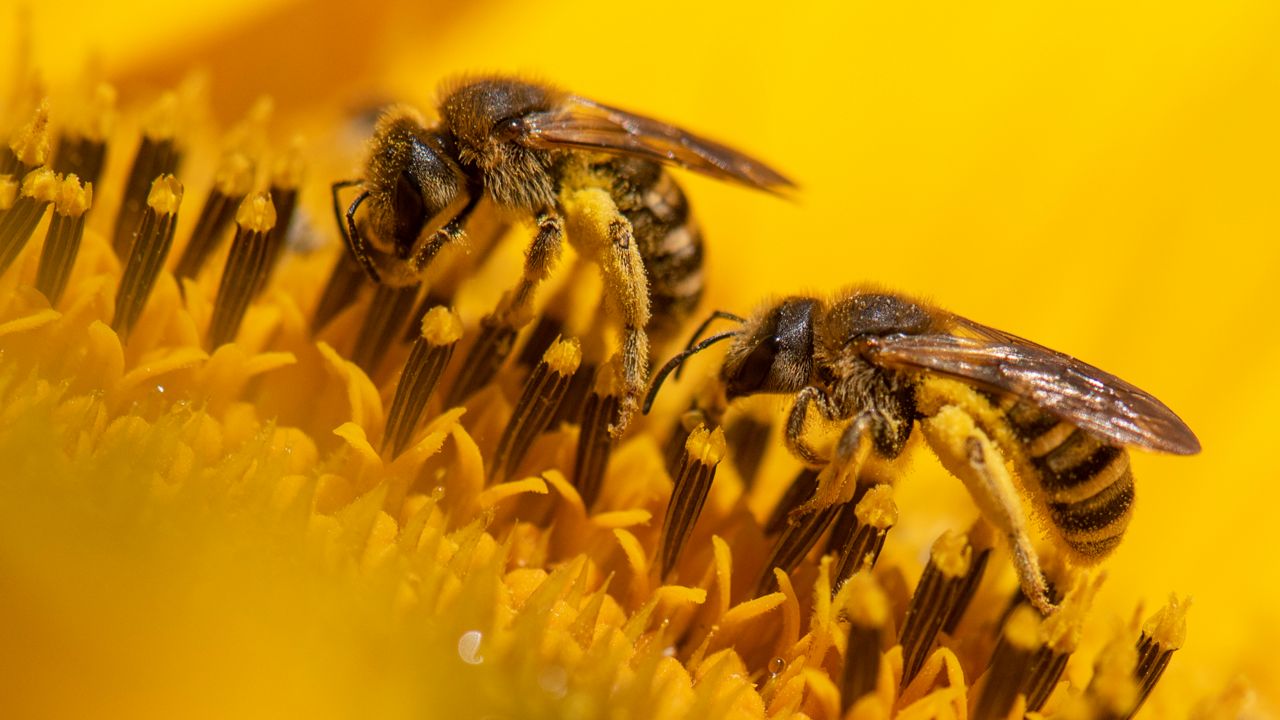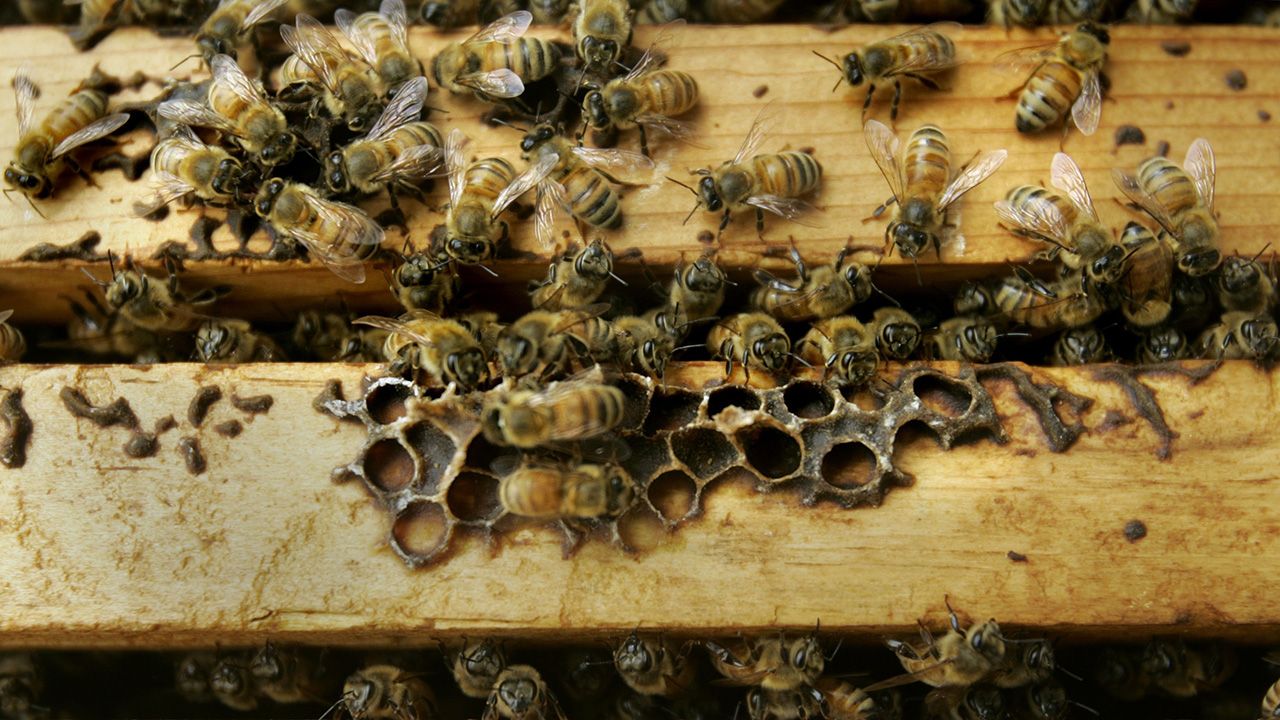Whether you are concerned about bees or depend on them for honey production, it is time to get used to their presence again.
Bees are much like other creatures in nature in that they live in cycles. Weather and the changing seasons have an impact on their behavior.
When do bees usually come out? It all depends on the temperature outside.
Bees tend to come out when it’s warm enough to gather their nectar and return to the hive when it becomes too cold. This is because bees start to feel drowsy and fall asleep if the temperature outside goes below 50 to 55 degrees Fahrenheit.
Because of this, bees that go outside in these conditions don’t make it very far before becoming dormant.
Because of this temperature threshold, bee appearances will vary depending on the day since the temperature is not the same every day.
Since the temperatures are not the same all year round in many regions, bees become confined to their hives in the colder seasons.

Bees are not completely inactive in the winter and fall, however. While they do not collect nectar until the warmer seasons, they do occasionally leave the hive. Most of the time, they remain inside to keep warm, but sometimes they have to emerge to remove waste and dead bees.
Rain also keeps bees inside, especially if it is significant rain.
They generally return to their hives an hour before sunset because they can’t see well in low lighting.
Considering all these factors, we typically see bees at their most active in the early afternoon. They’ll start their nectar gathering in the morning and stop shortly before sunset.
What time of year are they most active? We’ll focus on the period between March and May.
In March, winter comes to an end, but the adult bee population is also at its lowest. This is when the queen starts to ramp up egg production. At this point, the food supply is running short, and there will be more mouths to feed when the eggs hatch. Because of this, beehives are at the highest risk for starvation in March.
We start to see the first flowers blossom in April. Accordingly, the first bees make their appearance to get a head start on nectar collection. This is when bee season really starts.
Although, April can still be a cold month at times. If there are too many cold days, the risk of hive starvation remains.

May is when nectar collection is in full swing, which leads to an intense growth in the hive population.
Oftentimes, it is at this point that bees are ready to swarm, which means a queen and part of the hive break off to seek another location for a new hive.
They all swarm onto a branch and wait until they find an ideal spot for their new hive. The cycle of building a hive and collecting nectar continues.
Throughout June, bee production continues. The collection of nectar continues at a good pace, but bee production starts to slow down in July. Activity outside the hive becomes much lower in August, and bees virtually disappear by September.
You’ll be seeing more and more bees this month. You may or may not be a fan, but it’s a good sign of warmer days to come!
